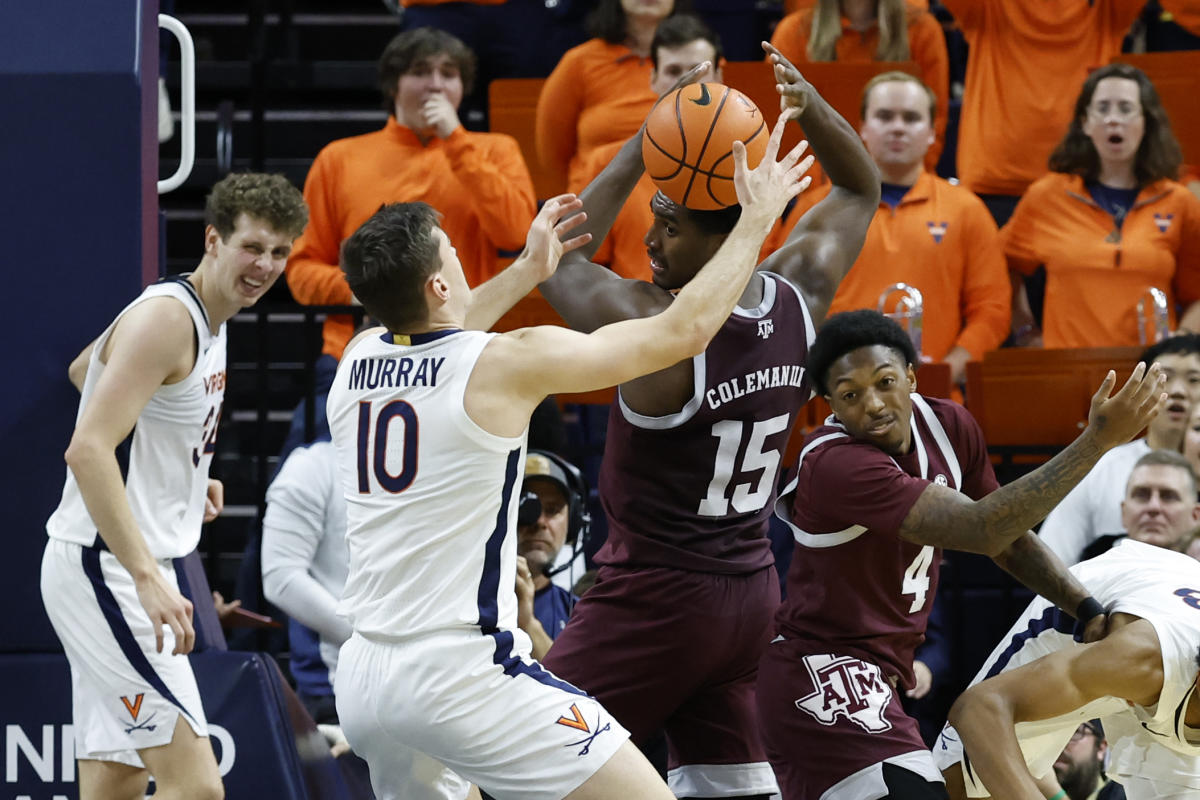In the aftermath of Adam Johnson, a former NHL player’s tragic death after an injury sustained in a game in England, speculation arose that USA Hockey would make the use of neck guards mandatory. However, in a statement released on Friday, the governing body for organized ice hockey in the United States reiterated its “recommendation” to wear neck protection without changing its policy. Dr. Michael Stuart, USA Hockey’s chief medical officer, and chair of its Safety and Protective Equipment Committee (SPEC), explained the decision and the organization’s perspective on the matter.
Stuart, who is also a member of the International Ice Hockey Federation (IIHF) medical committee and the vice chairman of orthopedic surgery at the Mayo Clinic in Rochester, Minn., emphasized the gravity of the situation and the need for what comes next. His personal connection to the issue, as the father of a daughter who played NCAA Division I hockey and three sons who played in the NHL, including one who suffered a neck laceration in 1998, has fueled his passion for this cause.
Despite the deaths of Adam Johnson and a 10th grader in Connecticut due to skate cuts to the neck, USA Hockey continues to only recommend the use of neck protectors. Meanwhile, other countries and some USA Hockey affiliates have made neck protection mandatory. USA Hockey, however, insists on mandating neck protection that meets a higher standard than the current mass-produced versions. The International Organization of Standardization (ISO) has developed a standard for neck laceration protectors, but to date, the products available on the market are not certified.
While USA Hockey has reiterated its position of recommending neck guards, Stuart emphasized the ongoing conversation about neck protection and proposed rule changes. The Hockey Equipment Certification Council (HECC) is working on a process to certify products, and there are hopes for improved materials and designs to make these requirements effective and enforceable.
Stuart believes that improved safety is achievable but asserts that there are reasons behind the delay, such as market interest, quality, product safety, and cost. Despite the challenges, the tragic accidents have sparked concerned parents’ motivation to provide their children with the best possible protection. Quality and affordability continue to be factors in delivering a product that is cut-resistant and competitively priced. The goal for USA Hockey, according to Stuart, should be to mandate equipment that can definitively prevent potential injuries.
Thus, the delay in mandating neck laceration protectors is not due to a lack of understanding of the severity of the issue but rather the organization’s commitment to implementing effective and enforceable protection for its players in the future.

Sarah Anderson dives into the fast-paced world of NHL hockey. Her coverage includes game analysis, player spotlights, and the latest news from the ice. Sarah’s dedication to the sport ensures that hockey enthusiasts stay informed about the NHL’s thrilling action.




:no_upscale()/cdn.vox-cdn.com/uploads/chorus_image/image/72931262/usa_today_21973134.0.jpg)


